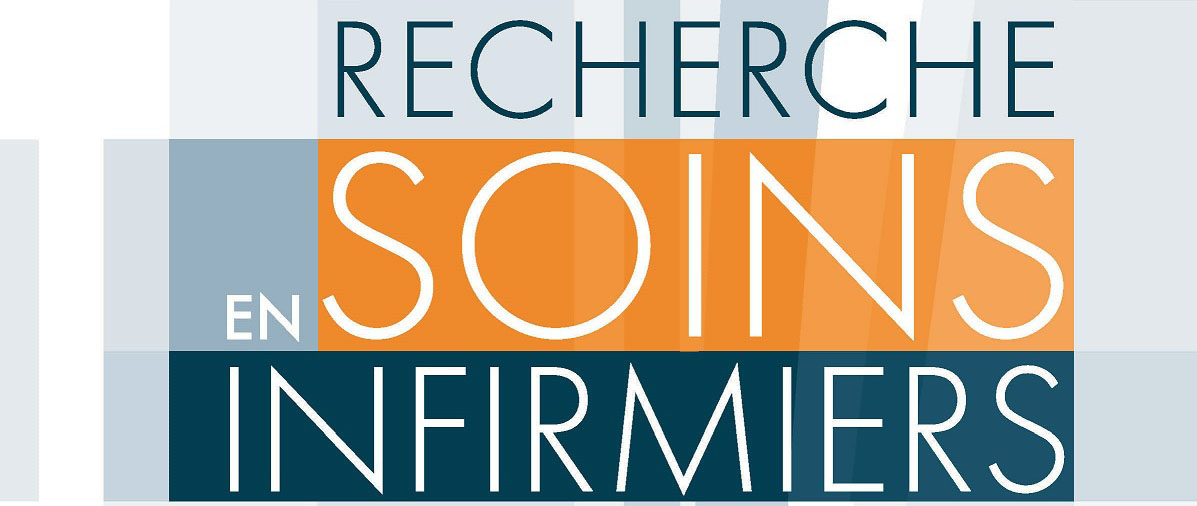Understanding people with Steinert’s disease to provide them with better care
Introduction: the lifestyles of individuals with myotonic dystrophy type 1 (DM1), also known as Steinert’s disease, are poorly understood and yet they need to be considered when it comes to effective long-term care. The nursing care provided in referral centers is mindful of the clinical diversity of Steinert’s disease when it comes to interdisciplinary care, but the disease is more complex from a relational point of view. The objective of this qualitative study was to understand the life experiences of individuals with Steinert’s disease, by looking at the limitations of their bodies and the adaptation strategies they develop. Method: this social science and nursing science study examines this problem of care, adopting an ethno-sociological perspective. Results: The study brought to light the changes that Steinert’s disease imposes on a body. These changes contribute to individuals’ construction of a body schema and social identity, which, despite allowing them to maintain a “normal” daily life for as long as possible, can also reach limits, requiring them to make radical life changes. The study’s results are discussed using an analytical framework based on the four different ways of interpreting the body proposed by Nicolas Vonarx: the “material body,” the “able body,” the “feeling body,” and the “knowing/judging body.” To discuss the role the body plays for people living with Steinert’s disease within a normative society, we propose that the concept of the “socializing body” be added to this framework.
- chronic disease
- qualitative research
- myotonic dystrophy type 1
- human body
- nursing
- Steinert’s disease
